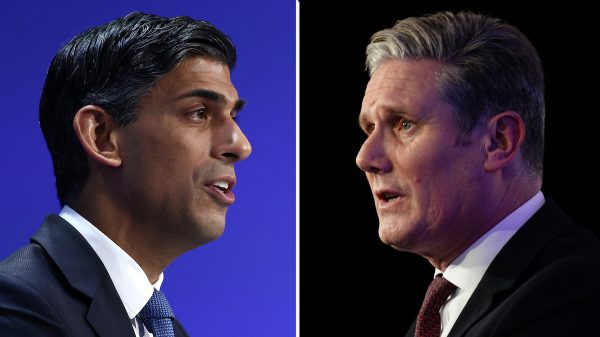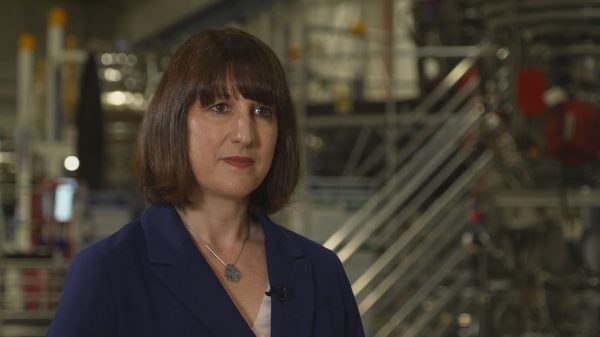Substance Use Among Young People in Europe, Central Asia, and Canada
The World Health Organization’s (WHO) European branch released a report based on survey data from 280,000 young people aged 11, 13, and 15 in Europe, Central Asia, and Canada, revealing concerning trends in substance use among adolescents.
Alarming Trends in Alcohol and E-Cigarette Use
The report highlighted the alarming prevalence of alcohol and e-cigarette use among young people. It found that 57% of 15-year-olds had consumed alcohol at least once, with a higher percentage among girls compared to boys. The use of alcohol had decreased for boys but increased for girls. Additionally, the report noted that 32% of 15-year-olds had used e-cigarettes, surpassing traditional cigarette use among adolescents.
Risks and Consequences
Nine percent of teenagers reported experiencing “significant drunkenness,” with rates increasing as they got older. The report emphasized the urgent need for policy measures to protect youth from the harms of substance abuse. It called for higher taxes, restrictions on availability and advertising, and a ban on flavoring agents for e-cigarettes.
Engaging in high-risk behaviors during adolescence can have long-term consequences, including a higher risk of addiction in adulthood. The report underlined the costly impact of substance use on individuals and society as a whole.
Decline in Cannabis Use
While cannabis use showed a slight decrease, the report revealed that 12% of 15-year-olds had ever used it. The Health Behaviour in School-aged Children (HBSC) survey, conducted every four years by the WHO, provides insights into the health behavior of young adolescents, including substance use.
















































